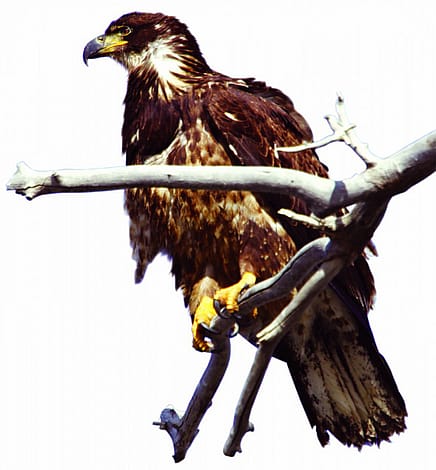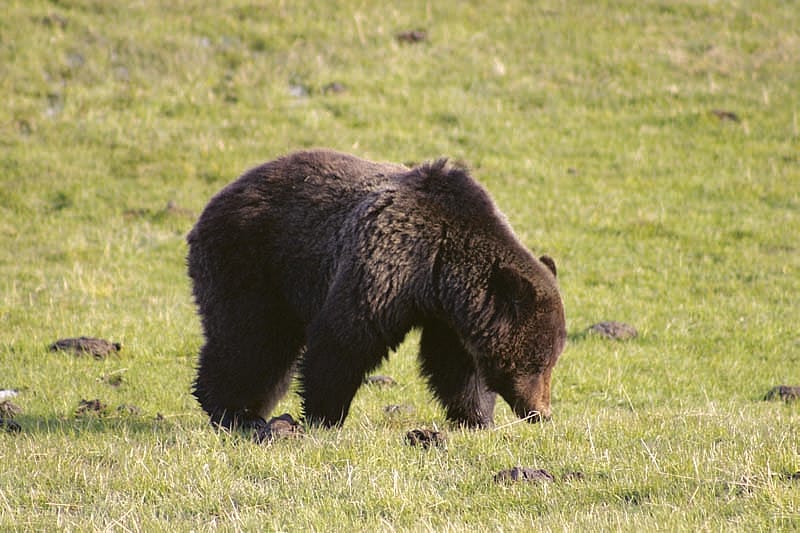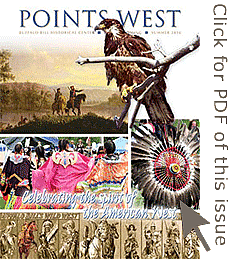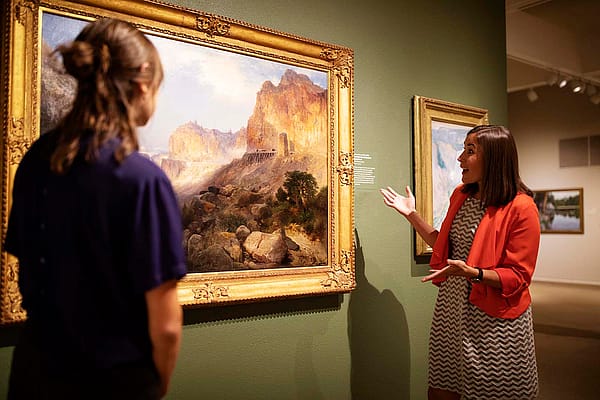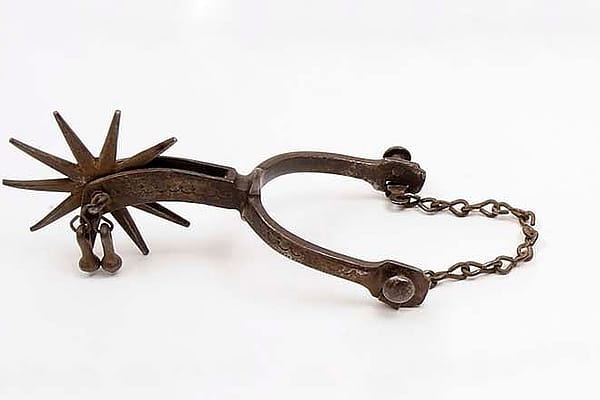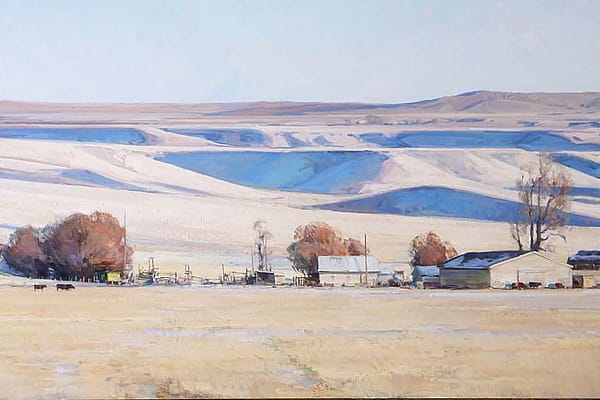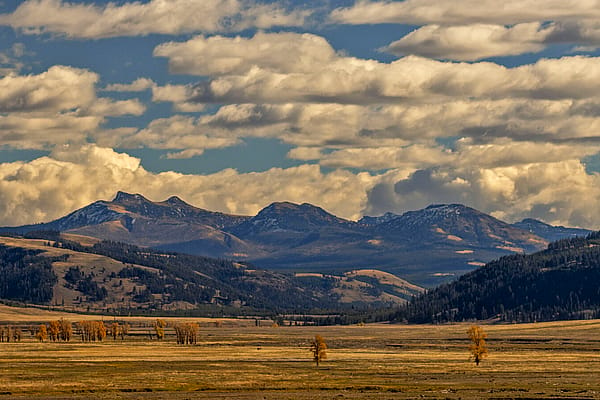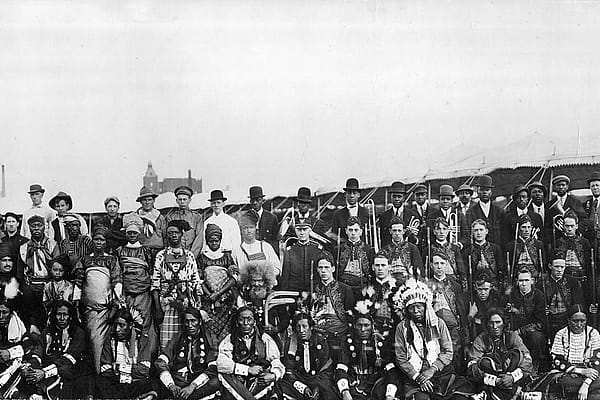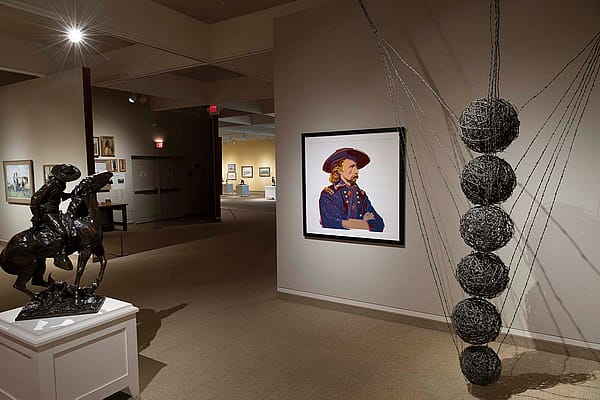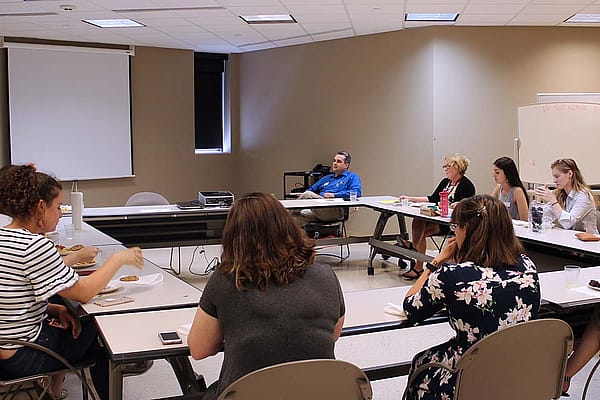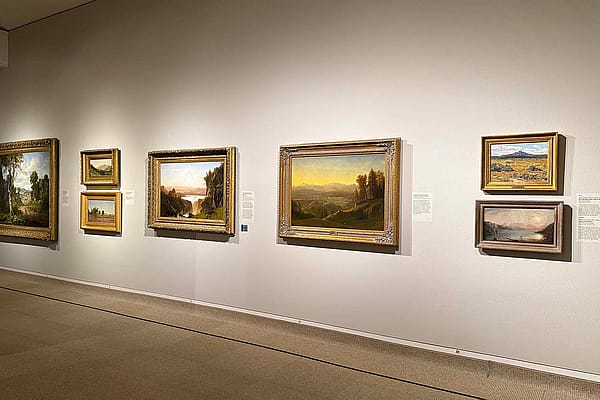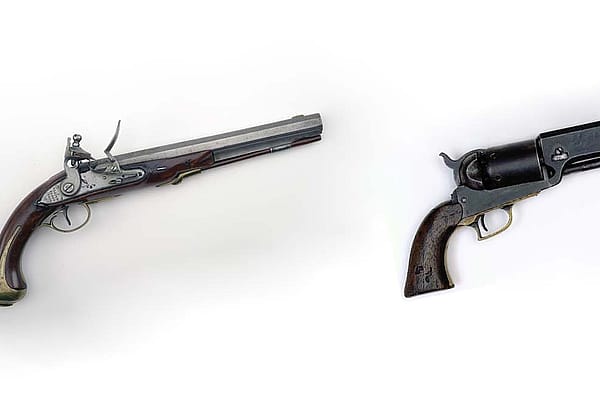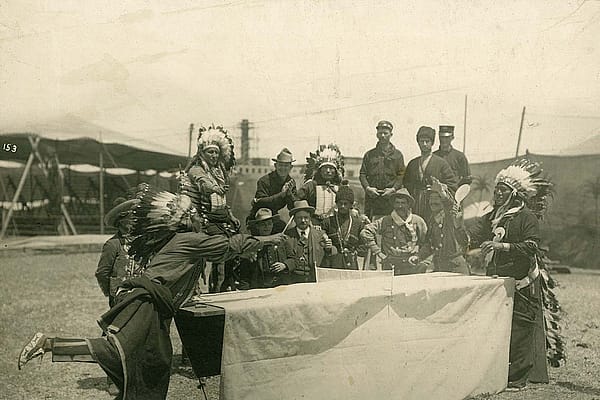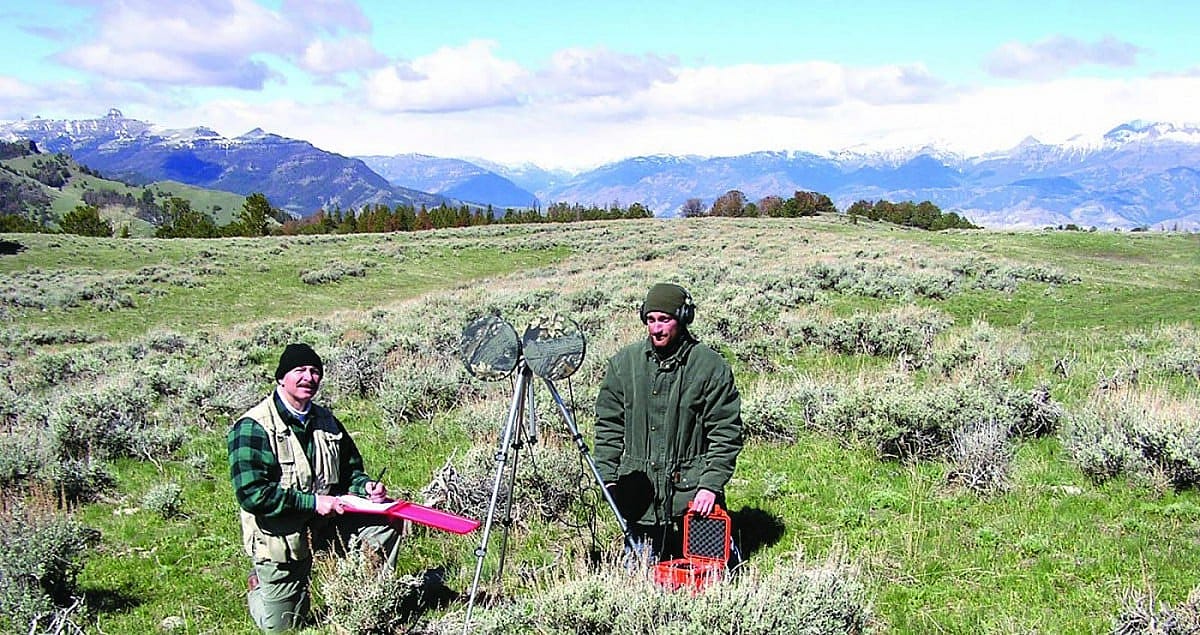
The Greater Yellowstone Sights and Sounds Archive – Points West Online
Seeing and Hearing: The Greater Yellowstone Sights and Sounds Archive
Originally published in Points West magazine
Summer 2010
By Charles R. Preston, PhD
Imagine a well-documented photograph, film clip, or even an audio recording of a dinosaur, saber-toothed cat, or ancient human. What if we could see the successive alternating subtropical, volcanic, and glacial landscapes that have shaped the American West and our vision of it? How about a video of Meriwether Lewis and William Clark exploring the Missouri River country or John Colter making his way through the Yellowstone/Cody region? What would it be like to hear a recorded interview of Theodore Roosevelt, John Muir, and Gifford Pinchot discussing preservation and conservation on public lands in the American West?

We have “ghosts” of these experiences through fossils, journals, and written transcripts, but these fall far short of truly robust accounts. In the future, however, we can attain a more dynamic portrait of late nineteenth, twentieth, and twenty-first century wildlife, landscapes, and human perceptions and attitudes relating to the natural resources of the Greater Yellowstone region thanks in part to the Greater Yellowstone Sights and Sounds Archive.
Seeing and hearing Yellowstone
In 1998, the then-named Buffalo Bill Historical Center offered me the opportunity of a lifetime: to lead the design and development of a brand new natural history museum—the Draper Natural History Museum. Early in discussions with Center staff, trustees, and Draper Museum advisory board members, we decided against duplicating the enormous series of natural history specimens found in other major museums. Instead, we would develop a small collection of specimens to achieve our reference, exhibit, and education needs, and support specific research projects. Most of our collecting efforts, however, would be spent acquiring and documenting audiovisual materials that would help us achieve our institutional purpose: to explore, document, and interpret the Greater Yellowstone region.
It seemed to us that an audiovisual collection of materials related to Yellowstone natural history, digitized and rigorously documented, would provide enormous versatility in serving scholarly and public audiences through a variety of venues. I captured some of our early discussions in two articles, “Exploring a New Frontier: The Role of Natural History Museums in the 21st Century,” and “A Natural Addition: Rationale and Status of a Natural History Museum for the Buffalo Bill Historical Center,” in the summer 1999 and fall 1999 issues, respectively, of Points West. Yes, more than ten years ago, the Center’s Greater Yellowstone Sights and Sounds Archive concept was already taking shape.
Greater Yellowstone Sights and Sounds Archive is born
Today, thanks to contributions and the work of many people, as well as generous financial support from the R.K. Mellon Family Foundation and other sources, the Greater Yellowstone Sights and Sounds Archive is a reality. Although still in its infancy, the archive includes photographs and video clips of wildlife and landscapes of the Greater Yellowstone region, along with interviews with prominent scientists, resource managers, landowners, outfitters, and other people representing varied perspectives on the region’s natural heritage. These materials really hit the core of our purpose to integrate science and humanities at the Center as some of the most compelling footage records the tone and comments of people attending the many public meetings held to gather information about grizzly bear and gray wolf management in the Greater Yellowstone region during a critically important historic period.
Fittingly, our first major acquisition was a collection of more than eighty digital video tapes donated by Penny Preston, who spent well over five hundred volunteer hours duplicating these tapes and preparing them for final cataloging and processing. In 2009, we began documenting our research on golden eagles and changes in sagebrush-steppe environments with still photography. Beginning this year, we will use new, high-definition video recording equipment purchased with research grant funds from the Bureau of Land Management and the Wildlife Heritage Foundation of Wyoming to chronicle this long-term study in more detail and incorporate these historic recordings into the archive.
We are also drafting a plan to establish strategically placed recording stations throughout the Greater Yellowstone region to systematically monitor environmental change with photographs and video of plant communities, and audio recordings of breeding bird communities. Birds are excellent indicators of environmental change and can be monitored by recording early morning vocalizations during spring breeding season. These recordings will serve future generations as an audit of environmental change through time in our region of the American West.
How it’s done
Supported by competitive grant funding beginning in 2008, Greater Yellowstone Sights and Sounds Program Manager Richard Chapman has been archiving, organizing, and cataloging materials following international data standards. Chapman brings enormous passion, professionalism, new perspectives and ideas, and a keen eye for detail to this project, and has become a critical factor in its success. His background as a lifelong educator, along with interests in photography, videography, people, and wildlife, have prepared him well for his current position. Chapman has even helped us develop an ongoing relationship with a potential corporate partner whose expertise and interests dovetail with the project, and he has infused our laboratory with the energy and technological savvy of high school volunteers.
The Greater Yellowstone Sights and Sounds Archive will complement other biodiversity information datasets in our own institution as well as others and constitutes an important resource available for scientists, conservationists, educators, and the general public. The Greater Yellowstone region is one of the most important and beloved natural heritage sites in the world. As such, the region continues to be a wellspring of exciting new scientific discoveries and controversies related to the conservation and management of wildlands that are surrounded by often-conflicting human economic and cultural interests.
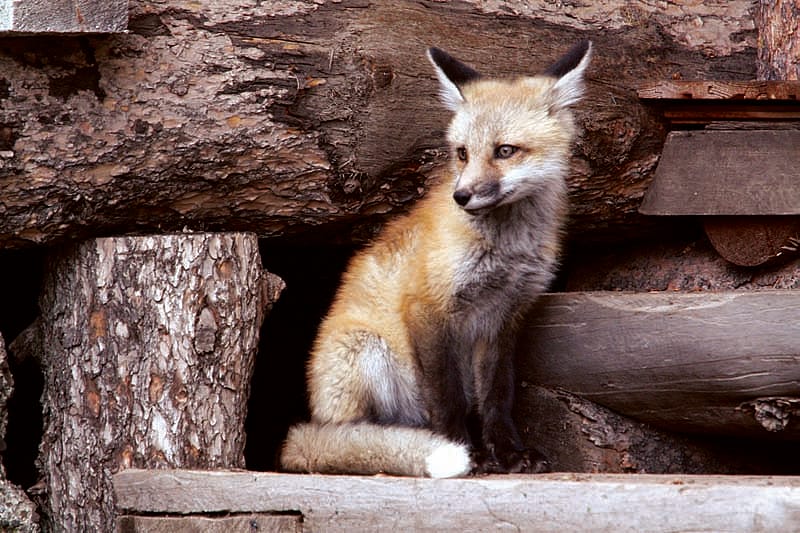
This region provides a hint of what the natural West once held and thus embodies the enduring Spirit of the American West for people around the globe. The Greater Yellowstone Sights and Sounds Archive will help our generation—and future generations—document and monitor environmental change in this important region. It will provide a rich educational resource while serving as an ongoing audit of the region while it monitors environmental change through time. So cutting edge is the project that when we presented the concept of the archive at a panel on non-broadcast media in museums sponsored by the Jackson Hole Wildlife Film Festival in 2007, one panelist declared that this was “…one of the most innovative initiatives to come out of museums in many years.”
Down the road
We still have a long way to go to realize the full potential of the Greater Yellowstone Sights and Sounds Archive. During Phase I of the project, we have secured external funding to acquire baseline staff and equipment and have begun capturing and cataloging still and moving images. Some of these images have already been used in broadcast news reports, publications, exhibit components, and lecture presentations.
The Draper Natural History Museum has assumed the lead in developing the archive due to our focus and expertise on Greater Yellowstone natural history. However, the archive is a pan-institutional product that draws on expertise and materials throughout the Center. For example, the McCracken Research Library maintains collections such as the wonderful Gabby Barrus Collection of wildlife photography, which will gain additional visibility linked with similar materials through the online presence of the archive.
During Phase II (2010–2011), and pending continued grant funding, we will work closely with the McCracken Research Library, the Center’s Registration and Information Technology departments, and external partners to complete and publish data and media standards for the archive and create an online searchable database of archive materials. We are also planning to launch an online gallery of images, sound recordings, and general information related to topics of audience interest, such as grizzly bears, gray wolves, thermal features, stream flow and water issues, wildfire, and more.
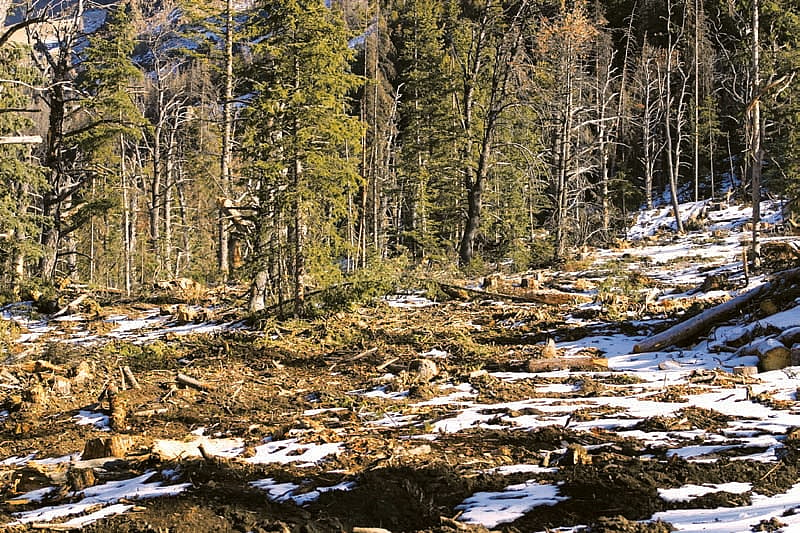
In Phase III, to be completed in 2012, we will publish the protocol, guidelines, and administrative infrastructure for providing access to archive materials and launch a fully-tested and proven online access portal through the Center’s website. We will also begin actively soliciting donations of well-documented still and moving images from professionals and the public to expand the archive. Through the Greater Yellowstone Sights and Sounds Archive, the Buffalo Bill Center of the West is sure to become one of the premier resources for documenting the natural history of the Greater Yellowstone region through still and moving images, and audio recordings.
The spectacularly popular Discovery Channel broadcast series Planet Earth and Life both testify to the profound impact that nature’s images and sounds exert on the minds and emotions of today’s public. In the same way, the images and sounds in the Greater Yellowstone Sights and Sounds Archive—and featured in our exhibits and programs—will help us attract, engage, inform, and hopefully inspire our audiences with a renewed passion for the magnificent landscapes, wildlife, and Spirit of the American West.
About the author
A zoologist and wildlife ecologist by training, Dr. Charles R. Preston is now Curator Emeritus and Senior Scholar for the Buffalo Bill Center of the West. Prior to his move to Cody, he was Chairman of the Department of Zoology at the Denver Museum of Natural History and before that, Associate Professor of Biological Sciences at the University of Arkansas at Little Rock. He has more than thirty years professional experience in museum, government, and university environments, and holds or has held adjunct faculty appointments at the University of Colorado (Boulder and Denver campuses), the University of Denver, and the University of Arkansas at Fayetteville. Preston retired from his position as the Willis McDonald IV Senior Curator of Natural Science and Founding Curator of the Draper Natural History Museum at the end of 2018.
Planting seeds
The genesis for the Greater Yellowstone Sights and Sounds Archive grew from a casual dinner conversation fifteen years ago among members of my zoology curatorial staff and our spouses at the Denver Museum of Natural History (now Denver Museum of Nature and Science). We discussed the importance of traditional natural history specimen collections for preserving the record of life on earth and as an audit of environmental change. Our consensus was that specimen collections across the world continue to serve an invaluable function in research and education, but have some major shortcomings, as well.
Although we can derive much information from a museum specimen, especially with new DNA extraction technology, these specimens do not provide much information about behavior or the role the organism plays in its environment. And, although a properly-documented specimen tells us that the species existed at one point in time in a particular place, it provides little perspective on broad-scale environmental change or human relationships with the species and its environment. Our dinner group also acknowledged the fact that ever-growing specimen collections require ever-growing space to accommodate them—a highly valued and expensive commodity in most modern museums.
Penny Preston, my wife and career television news anchor/media professional, suggested that modern museums should be collecting and documenting moving images of wildlife and natural history in the same way traditional museums have always collected and documented specimens. We knew that a few organizations, notably the Macaulay Library at the Cornell Laboratory of Ornithology in Ithaca, New York, were actively collecting and cataloging audiovisual materials related to birds and other natural history subjects, but we had not fully considered the implications or potential of building such a collection. It took the perspective of a museum outsider to really open our minds to the possibilities.
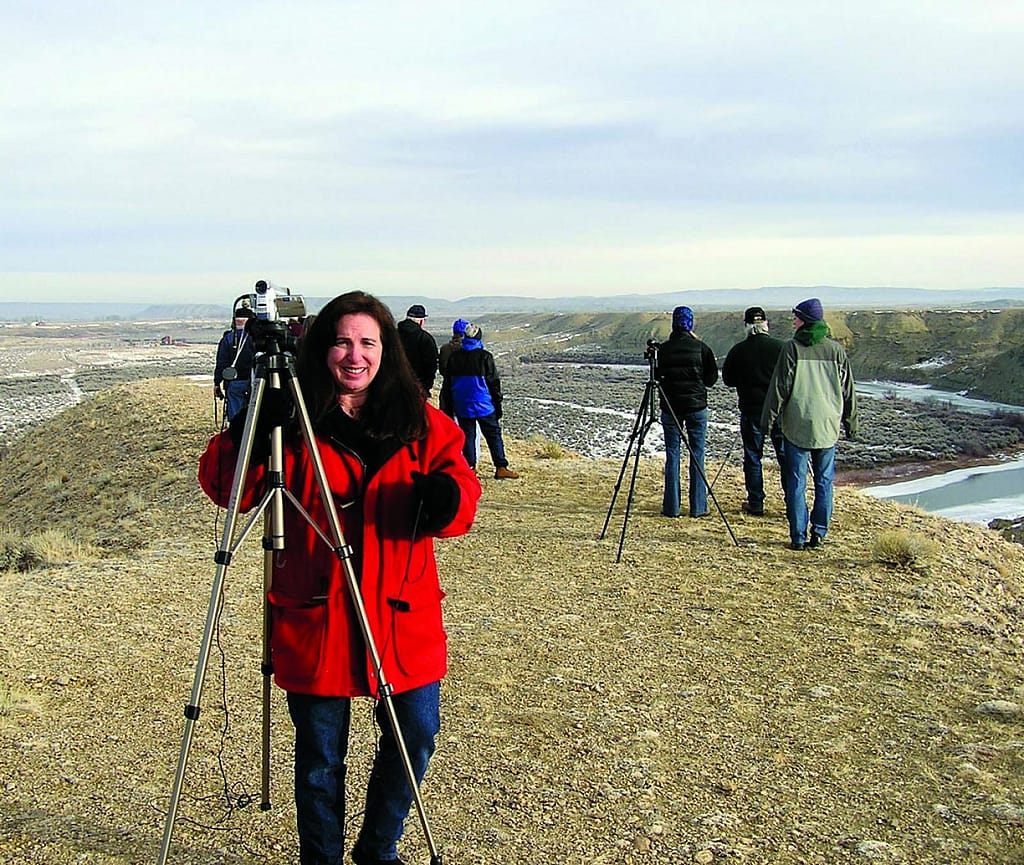
We began to build an archive of film clips and photographs that documented the field research our curators and research associates conducted at the infamous Rocky Mountain Arsenal, a World War II-era weapons manufacturing facility near Denver that is now a national wildlife refuge. The project eventually produced a broadcast documentary and several popular exhibits-related programs from the archive footage— and the seeds of a great idea, the Greater Yellowstone Sights and Sounds Archive.
Post 232
Written By
Nancy McClure
Nancy now does Grants & Foundations Relations for the Center of the West's Development Department, but was formerly the Content Producer for the Center's Public Relations Department, where her work included writing and updating website content, publicizing events, copy editing, working with images, and producing the e-newsletter Western Wire. Her current job is seeking and applying for funding from government grants and private foundations. In her spare time, Nancy enjoys photography, reading, flower gardening, and playing the flute.
